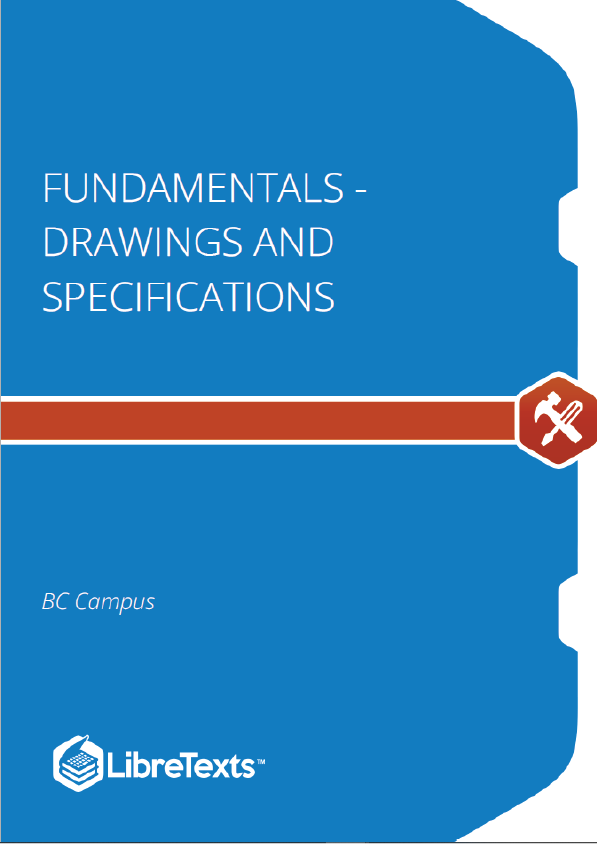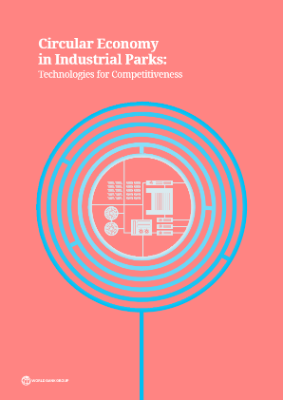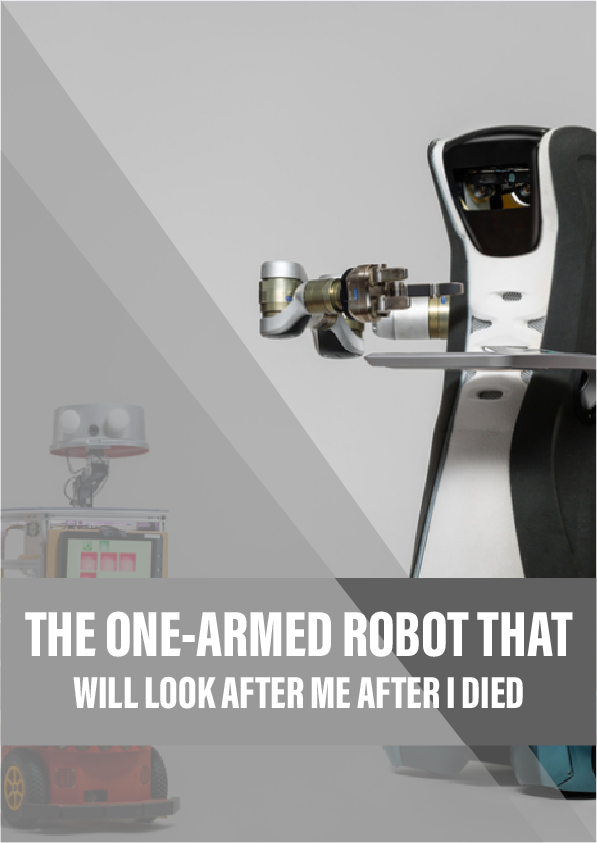Some of the most important documents used in the workplace are the technical drawings, diagrams, and schematics that specify how fabrication and construction tasks will be carried out, or describe the composition and assembly of equipment. One of the essential skills for anyone involved in a trade is the ability to correctly interpret drawings. If you are in a construction or fabrication industry, you will need to be able to examine a drawing, take information from it, and visualize the finished product. If you are in a service or maintenance industry, you will need to interpret exploded drawings in order to properly repair or assemble equipment.
Traditionally, drafters sat at drafting boards and used pencils, pens, compasses, protractors, triangles, and other drafting devices to prepare a drawing manually. Today, however, most professional drafters use computer-aided drafting (CAD) systems to prepare drawings. Although drafters use CAD extensively, it is only a tool. Drafters and tradespersons still need knowledge of traditional drafting tools and techniques.
Drafting materials
The most common support for drawing is paper. Even though the original creative surface has changed from the drafting table to the computer screen, on the work site drawings are still primarily in printed form.
Drawing paper
There is a wide variety of drawing paper available in many sizes and of different qualities. Good quality drawing paper is acid-free and will not turn yellow with age. Light-coloured drawing papers are available in pale yellow or buff, but these should be used only when it is not necessary to make copies.
Tracing paper
Tracing paper, which is transparent, can be used to make copies of drawings. It is thin enough to allow the light of photocopy machines to shine through the unmarked areas, and only the lines and figures will block the light. Materials used for tracing include tracing paper, vellum, tracing cloth, glass cloth, and polyester film with a matte finish.
Computer drafting programs are used effectively for all manner of drafting and have virtually replaced manual drafting. Small size computer-generated drawings can be printed on normal computer printers. However, larger drawings require a plotter. Older plotters used pencils, pens, or felt pens, but the new plotters are laser-based or jet printers and are capable of multiple colours. They are made to print all the sizes of drawings. Plotters also print well on vellum and some other non-paper media.
The purpose of engineering drawings is to convey objective facts, whereas artistic drawings convey emotion or artistic sensitivity in some way.
Engineering drawings and sketches need to display simplicity and uniformity, and they must be executed with speed. Engineering drawing has evolved into a language that uses an extensive set of conventions to convey information very precisely, with very little ambiguity.
Standardization is also very important, as it aids internationalization; that is, people from different countries who speak different languages can read the same engineering drawing and interpret it the same way. To that end, drawings should be as free of notes and abbreviations as possible so that the meaning is conveyed graphically.
Line styles and types Standard lines have been developed so that every drawing or sketch conveys the same meaning to everyone. In order to convey that meaning, the lines used in technical drawings have both a definite pattern and a definite thickness. Some lines are complete and others are broken. Some lines are thick and others are thin. A visible line, for example, is used to show the edges (or “outline”) of an object and to make it stand out for easy reading. This line is made thick and dark. On the other hand, a centre line, which locates the precise centre of a hole or shaft, is drawn thin and made with long and short dashes. This makes it easily distinguishable from the visible line.
When you draw, use a fairly sharp pencil of the correct grade and try to maintain an even, consistent pressure to make it easier for you to produce acceptable lines (Figure 1). Study the line thicknesses (or “line weights”) shown in Figure 2 and practise making them.











